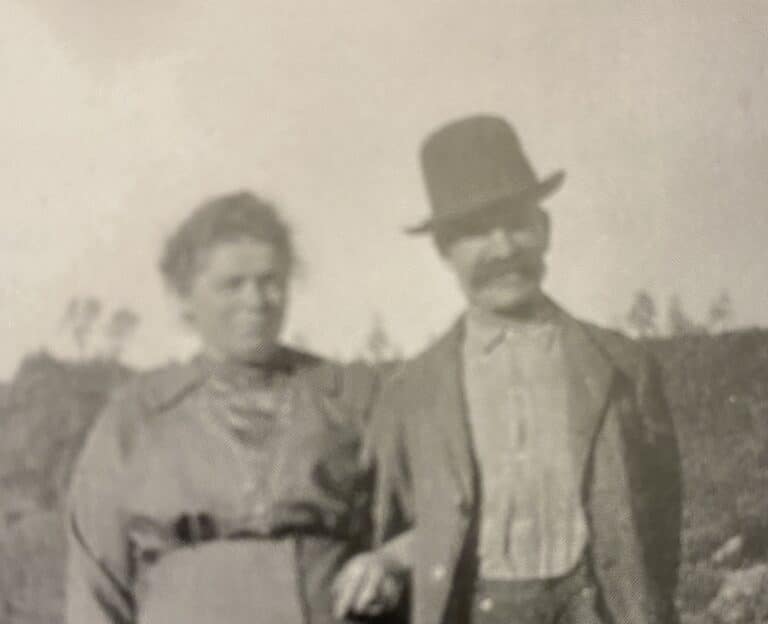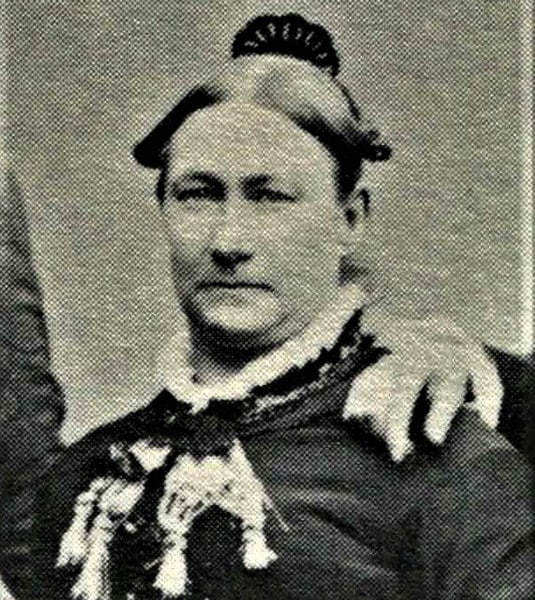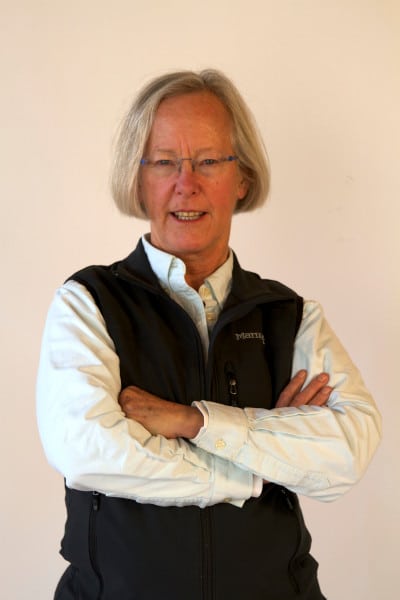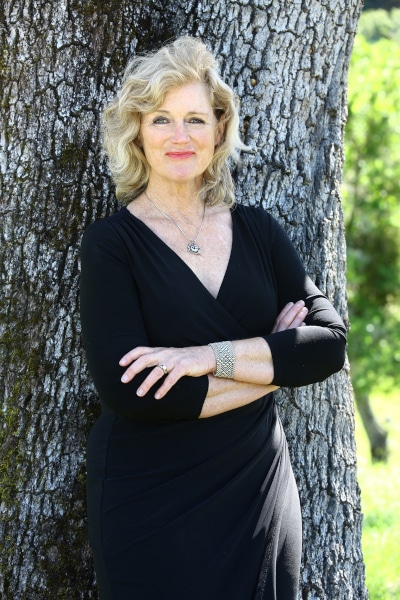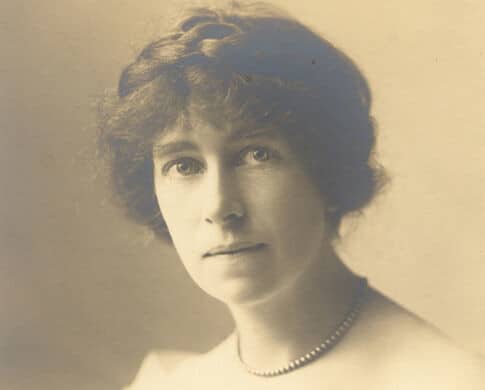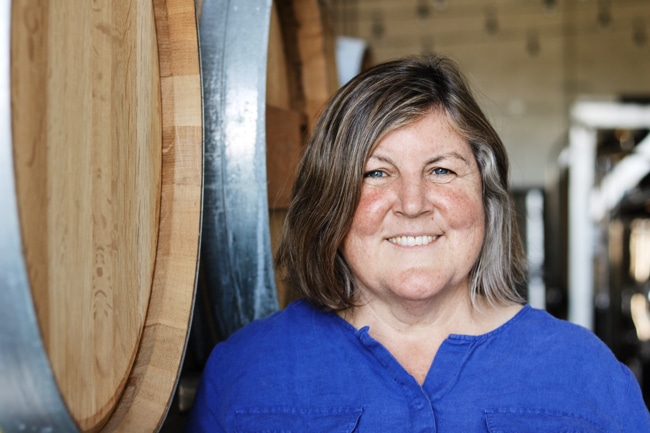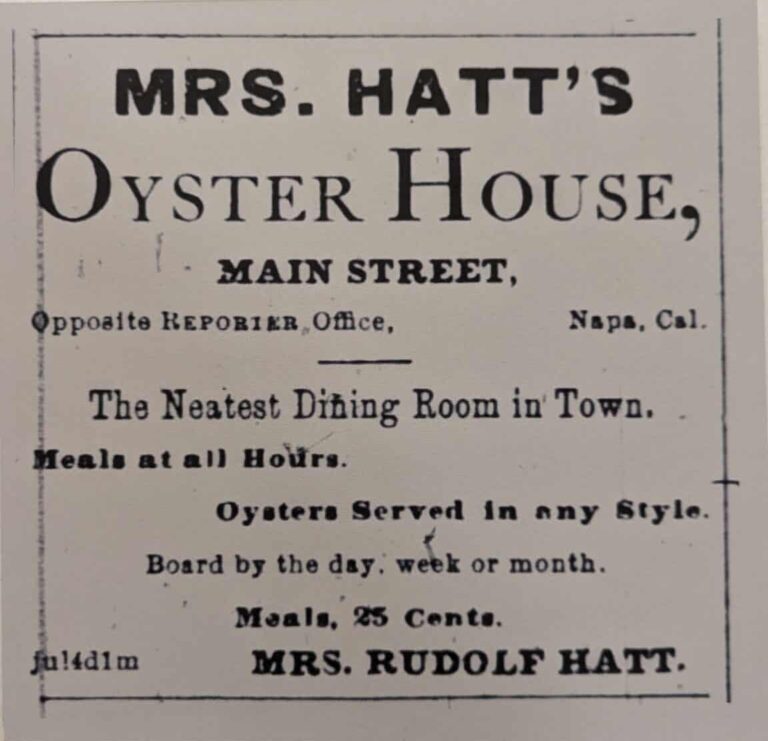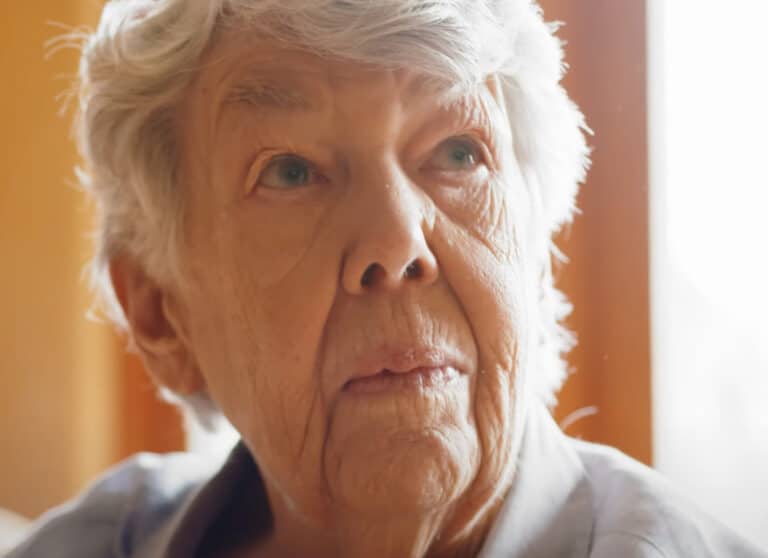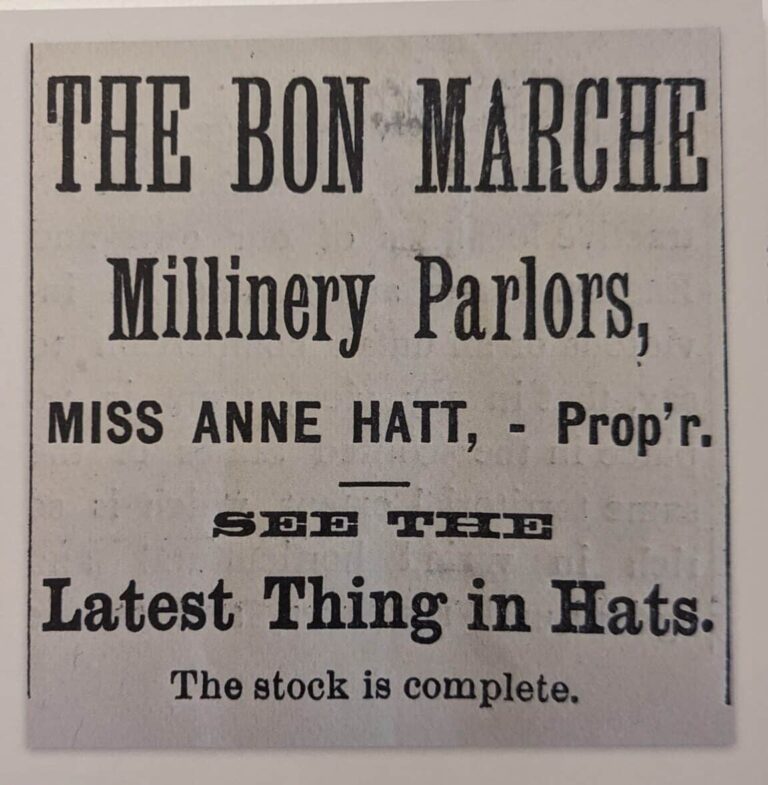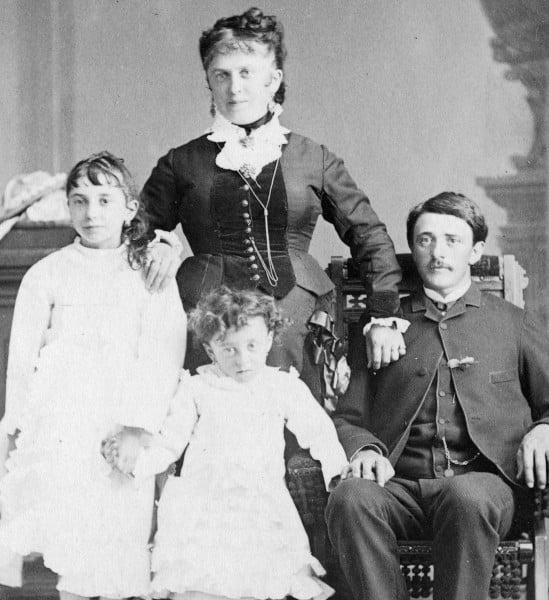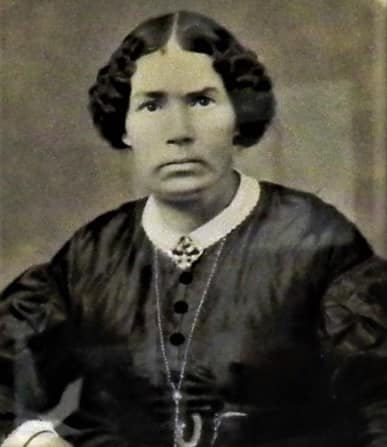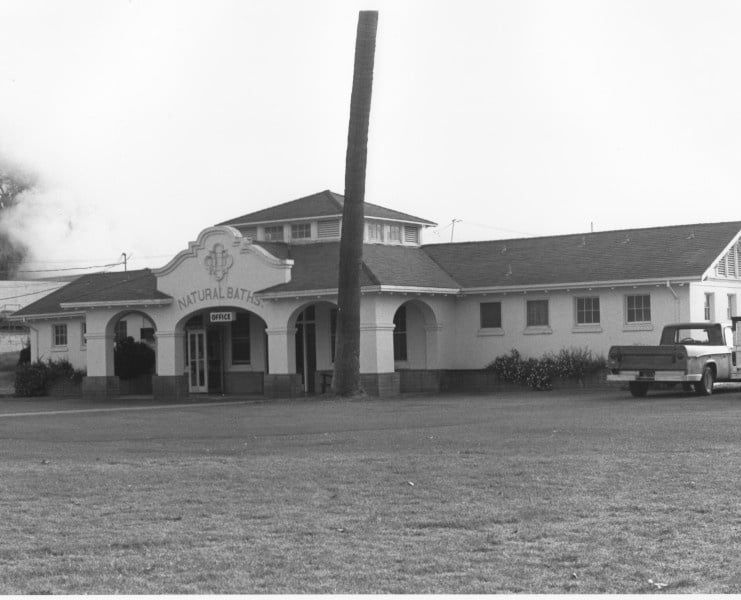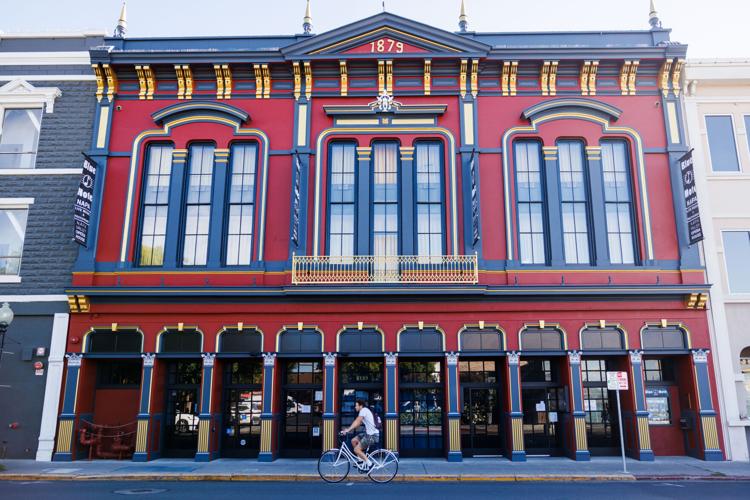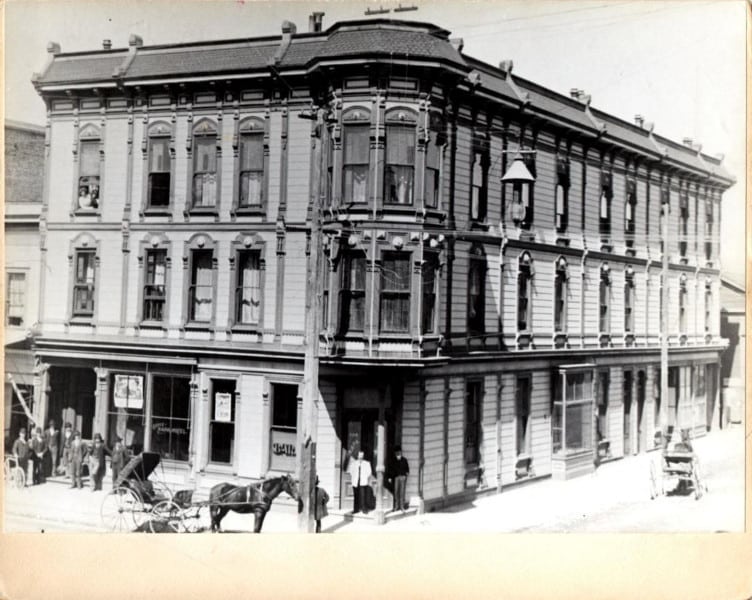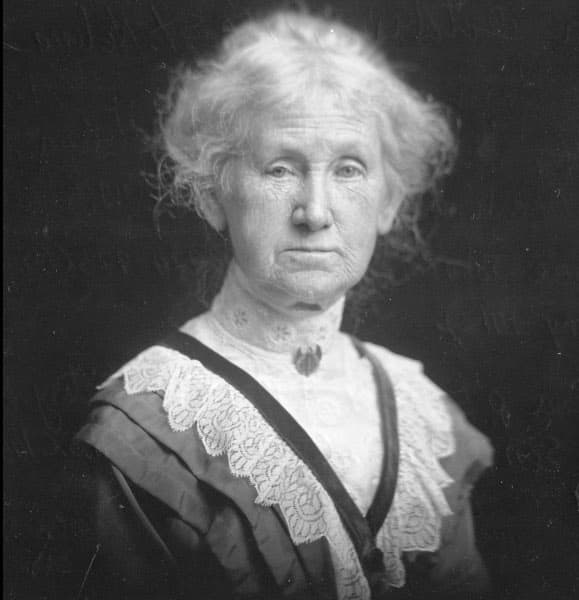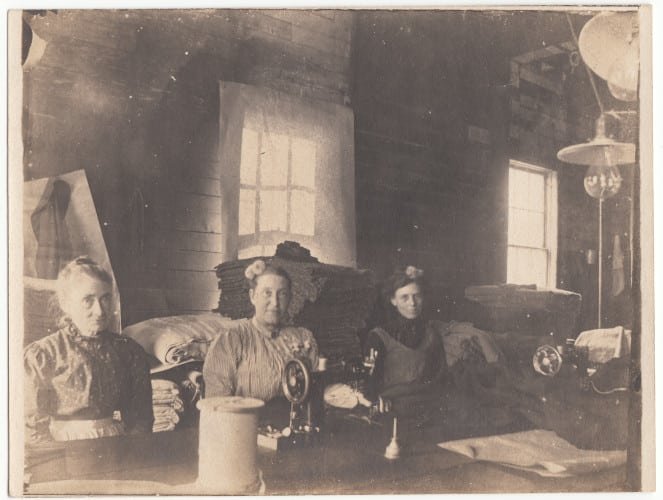
Under both Spanish and Mexican laws, women had the right to own property and represent themselves in business. These established precedents and the fact that many men left their wives to run businesses and take care of homesteads during the Gold Rush, pressured 1850 legislators to adopt these same rights for California women under US statehood. It is clear from the 1850 census onward women were actively owning and running successful businesses, as well as participating in the workforce. Both before Prohibition and after pioneering women have played significant roles in the Valley’s juggernaut wine and food industries.


